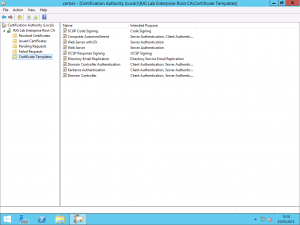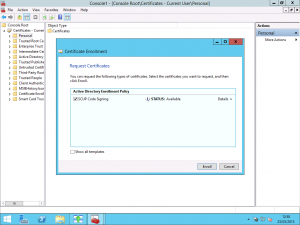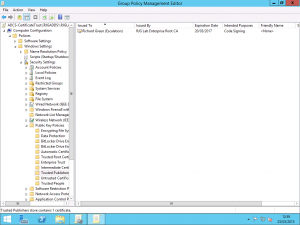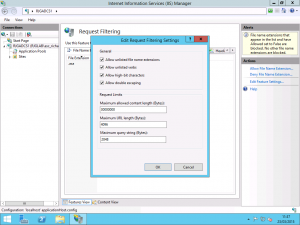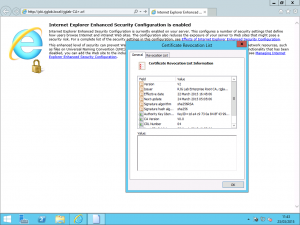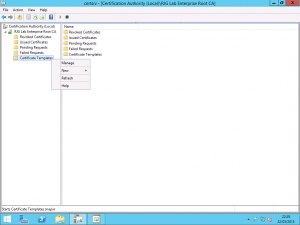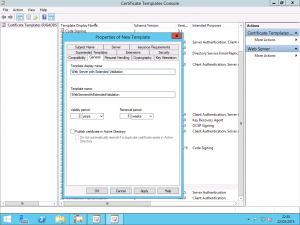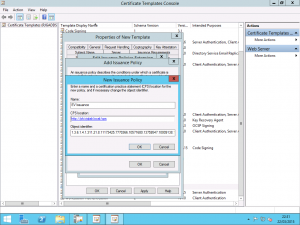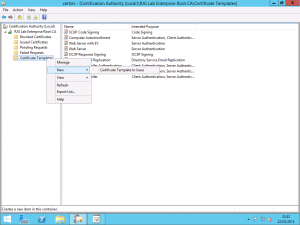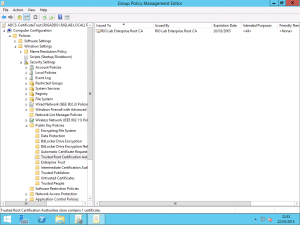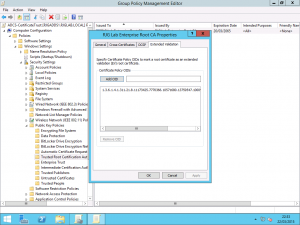In my earlier post Preparing Certificates and GPOs for System Center Update Publisher, I showed you how you can prepare your environment with the appropriate certificate and Group Policy Object to support a System Center Update Publisher installation. With all of this installed and configured, the time is upon us to now install and configure System Center Update Publisher.
I am not going to go through the installation process for SCUP here because it is literally a Next, Next, Finish installation. What I will tell you though is that the latest version of SCUP is 2011 and you can download it from http://www.microsoft.com/en-gb/download/details.aspx?id=11940. The steps in this post can be applied to Configuration Manager 2007 or Configuration Manager 2012 and 2012 R2 but all of my screenshots for the Configuration Manager side of things will be in SCCM 2012 R2.
Once you have got SCUP installed, you want to open the console, ensuring that you use the Run As Administrator option. If you don’t elevate the console when you launch it, a number of the options and settings will prevent you from changing them. Once open, click the blue icon in the first position on the Ribbon and select Options to get to the settings.
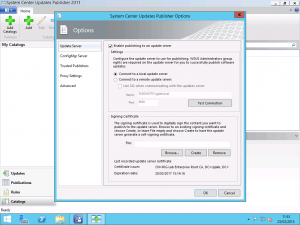
First, we want to configure the WSUS Server settings tab. On this tab, you can either specify the hostname for a remote WSUS server or if you are running the SCUP console locally on your WSUS server you can select the option for Connect to a Local Update Server. An important note here is that if you are connecting to a remote WSUS server, the connection must be over SSL on either Port 443 or Port 8531 in order to be able to configure the Signing Certificate settings.
Once you have specified the server, select the Browse button in the Signing Certificate area and locate the .pfx file that has the exported Code Signing certificate including the private key that was exported in the Preparing Certificates and GPOs for System Center Update Publisher post. Once you have located the file and the path is shown in the field, select the Create button and this will publish the certificate into WSUS. You will be prompted to enter the password for the .pfx file at this point.
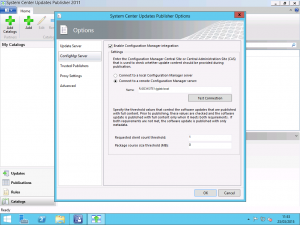
With the WSUS settings configured, we now need to head to the ConfigMgr Server tab. Here, specify whether to connect to a local Configuration Manager server if you are running the SCUP console on your Primary Site Server, otherwise enter the remote server name.
In the fields in the lower part of the screen, you can specify the behaviour of SCUP for transitioning updates between Metadata only and Full Content publishing status according to the required client count. In a nutshell, you can have SCUP publish only the metadata for an update into SCCM to allow you to determine if clients require the update. Once a defined number of clients report the update as required, SCUP will change the status of the update to Full Content and will download the files such as .msp or .exe files for the update.
Adding Catalogs to SCUP
SCUP works by using catalogs which are lists of updates published by manufacturers and included in these catalogs are the update definitions which are called detectoids, working to determine if a client meets the requirements for an update as well as defining the URL where SCUP can download the update from.
In the SCUP console, select the Catalogs button from the left navigation and then hit the Add Catalogs button from the Ribbon.

After clicking the Add Catalogs button, you will be presented with the list of partner catalogs supported by SCUP. These are out of the box and are at no cost to use. To my mind, the Adobe Reader and Adobe Flash Player are the most important. As you can see from the screenshot, I have added these two catalogs from the list of partner catalogs to include in my SCUP catalogs to be used.
Once you have added catalogs to SCUP, we aren’t quite finished as that only adds them to the list of catalogs that can be used however it does not automatically start getting update information. Now, we need to Import the Catalogs. Select the Import button from the Ribbon to access the Import Software Updates Catalog Wizard and here, select one, some or all of the catalogs you just added. Doing this may take a few moments and you might receive a security warning asking you to accept some certificates in the process so go ahead and allow this.
Publishing Updates from SCUP
With the update catalogs added to SCUP and the updates in those catalogs imported, now it is time to look at some actual updates. Head over to the Updates view in the console with the button in the lower-left corner. and expand one of the folders to view a subset of the updates.
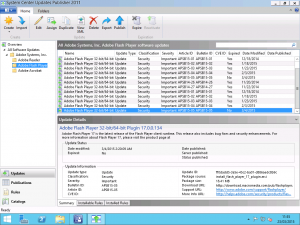
Here we can see the name of the updates, if there are any relevant article IDs or CVEs that they address as well as the date the update was released and whether or not it is expired. As you can see for Adobe Flash Player, many of the updates are expired because they have been superseded by later updates. Highlight an update that has not been superseded and select the Publish button in the Ribbon. Click through the wizard to download the update files if required and the update will be published into WSUS ready for SCCM to use.
Configuring SCCM Software Update Point Products
With the updates now published into WSUS for Configuration Manager use, we need to make sure that Configuration Manager will be able to detect the updates. As part of installing and configuring Configuration Manager you will have setup the products and classifications for which you want to download updates and we need to add to this the products that we just published with SCUP.
In the Configuration Manager Administration Console, navigate to the Administration page and then expand the Site Configuration followed by the Sites view. Right-click on your site and then select the Configure Site Components menu item followed by Software Update Point.

As you can see in the screenshot above, after publishing the Adobe updates into WSUS, there is now some additional products listed for Adobe Systems Inc including Flash Player and Reader. There is also a new product called Local Publisher which is the product SCUP updates for any updates you create manually. Check all of the new products you want to be able to deploy to clients and then save the changes to the Software Update Point role.
Viewing the SCUP Updates in SCCM
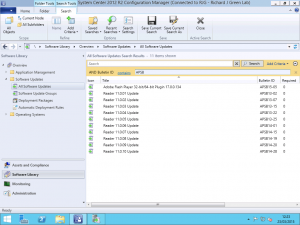
With the updates now published to WSUS for Configuration Manager and with Configuration Manager’s SUP role configured to accept updates for these products we’re all set. You can either wait for the WSUS server to perform a scheduled synchronisation or you can force it from the Software Updates area of the Software Library page in the console. Once a synchronisation has occurred Configuration Manager will be able to list the new updates for the new products.
As you can see in the screenshot above, I used a criteria to filter the search results for Bulletin ID contains APSB which is the prefix Adobe uses for all of their security updates much like Microsoft use KB to prefix their updates. I can now follow the normal process of downloading the updates into Deployment Packages and approving the updates for distribution to collections.






